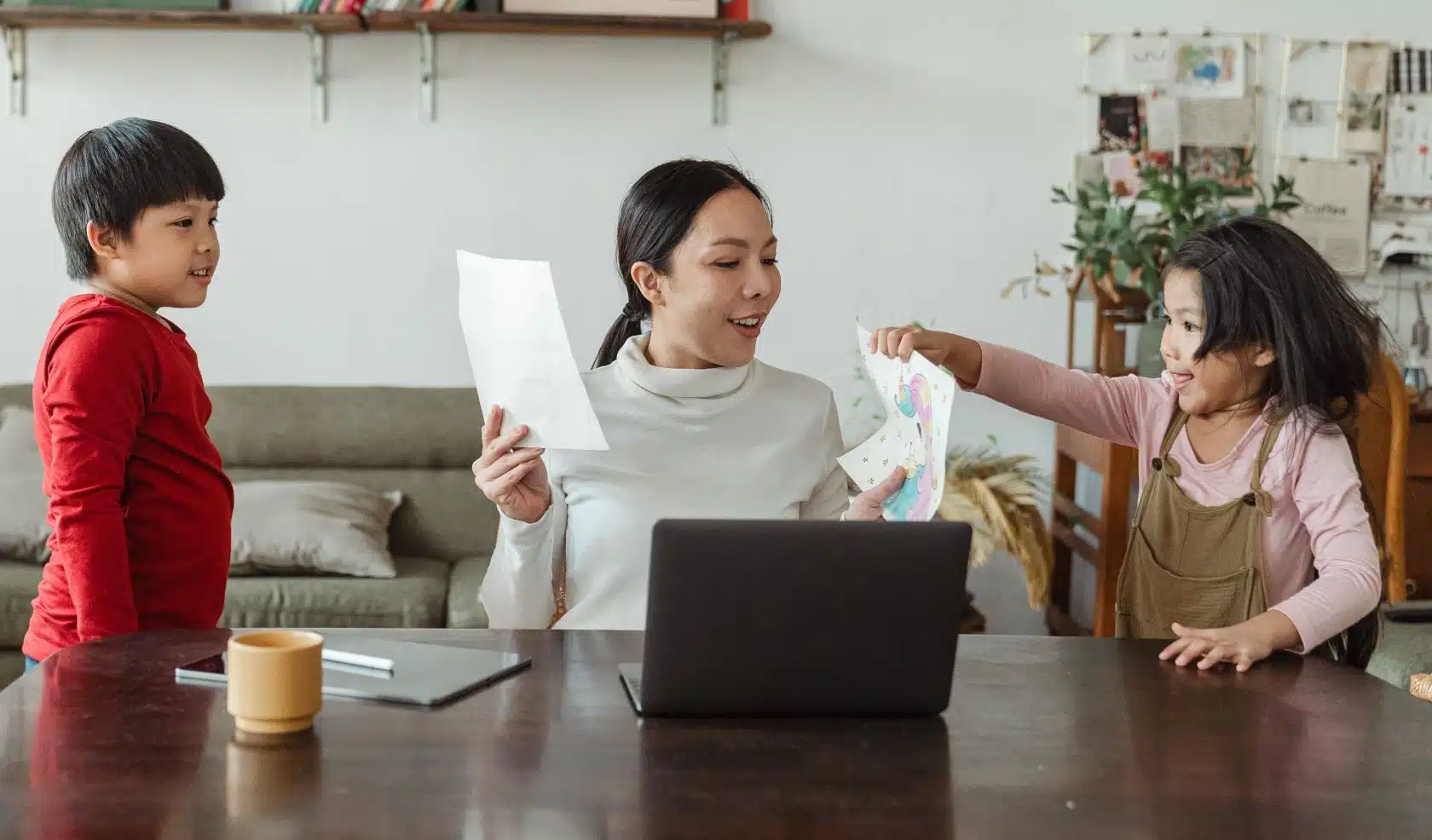Modifications are essential for supporting children with special needs. Here’s how they work:
- Individualized approach: Modifications are personalized to meet each child’s unique needs, considering their challenges, strengths, and learning styles.
- Adapting curriculum: Modifications tailor the curriculum to align with the child’s abilities and learning goals. This may involve simplifying content, breaking tasks into smaller steps, or using alternative materials.
- Adjusting teaching methods: Changes in how information is presented and taught, such as visual aids or hands-on activities, enhance understanding and engagement.
- Environmental modifications: Physical adjustments, like sensory-friendly spaces or minimizing distractions, improve participation in the learning environment.
- Individualized support: Additional guidance and assistance from teachers, aides, or therapists play a crucial role in modifications.
- Regular evaluation and feedback: Modifications evolve as the child progresses. Continuous assessment ensures effectiveness.
- Collaboration and communication: Open communication between parents, educators, and professionals ensures consistent support across different settings.
- Promoting independence: While providing necessary support, modifications aim to foster independence, confidence, and self-advocacy skills.
Modifications create an inclusive and empowering learning environment, helping children with special needs reach their full potential. Goally, a tablet-based solution, offers fun apps like digital visual schedules, AAC, and gamified learning, helping kids with conditions that benefit from these tools build crucial life and language skills.
This post was originally published on May 18, 2023. It was updated on July 8, 2023.












